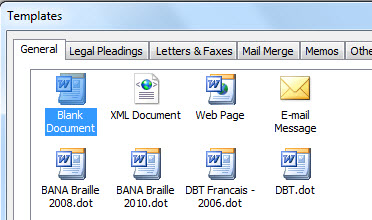

In our example, you can add a date selection field at the top of your questionnaire. Then, you can start your customer satisfaction survey by finding out just how often your customers visit your restaurant. Hover your mouse over the different options to find which content control field suits your needs.Ĭreate questions relevant to the information you want to gather. To add each control field, you simply place your cursor anywhere you like in the document, then choose a field from the Controls group among the menu options under the Developer tab. You can do this by adding different parts of the form to your Word document, called content control fields. Once the Developer tab is enabled, you can now create your forms. To do this, click File and then Options to open the Word Options dialog box, where you can select Customize Ribbon.
Form fields in word 2010 how to#
To create forms in Word, you first have to turn on the Developer tab. HOW TO AUTO POPULATE FORM FIELDS IN MS WORD // See how to insert reference fields so that when a user fills in a form field, their response can be repeated i. Create Forms in Word Through the Developer Tab Anyone can create beautiful, interactive, and useful forms, surveys or questionnaires that can be downloaded or printed to be handed out traditionally. When it comes to forms in Word, the steps are easy and practically fool-proof. Over the years, it has added more features to tailor to its users’ needs. We all know Word has been around for a long time as a top word processing application. Let us show you how to create forms in Word. Whether it’s through email or website or any other platform, forms allow you a convenient, highly customizable way to collect important and relevant data, especially when they are created in Word. Aside from being interactive, they also make it easier for you to connect with your intended audience, especially since there are many ways to deliver forms today. Fields.Forms are a great way to gather information.

Form fields in word 2010 update#
Note that if I don't put the last wdCollapseEnd in the code it doesn't work.įinally, I'd update your fields at the end just so you don't have to manually do it yourself. field in linguistics is represented as a. It's a bit ugly but the following code seems to do what you desire. In morphological fields their separate elements are grouped around frame word (it represents the field centre. You need to add two things to make your code work.įirstly, you want to collapse to the end after each insertion but you also need to redefine the header range ( myRange variable) to the Header after inserting the SaveDate. After you add the Savedate it seems to go out of this original range. I believe your problem here stems from the fact that you set the myRange variable to the header text which, when empty, is simply the first (empty) character. (Please note that I recently asked a similar question.) What am I doing wrong here? If it is at all possible, I would prefer not resorting to. Instead, they show up as filename+" "+tab+page number+save date. However, after executing the sub, the different parts are not were I intend. Fields.Add Range:=myRange, Type:=wdFieldPage, PreserveFormatting:=True

Fields.Add Range:=myRange, Type:=wdFieldSaveDate, YYYY-MM-DD", PreserveFormatting:=True Fields.Add Range:=myRange, Type:=wdFieldFileName, PreserveFormatting:=True

What I have so far is this: Sub CreateHeader() However, I can't seem to get the strings in their right places. I am trying to fix up a Word 2010 page header containing fields for filename, save date and page number as well as some text between each, like so: filename+" "+save date+tab+page number.


 0 kommentar(er)
0 kommentar(er)
